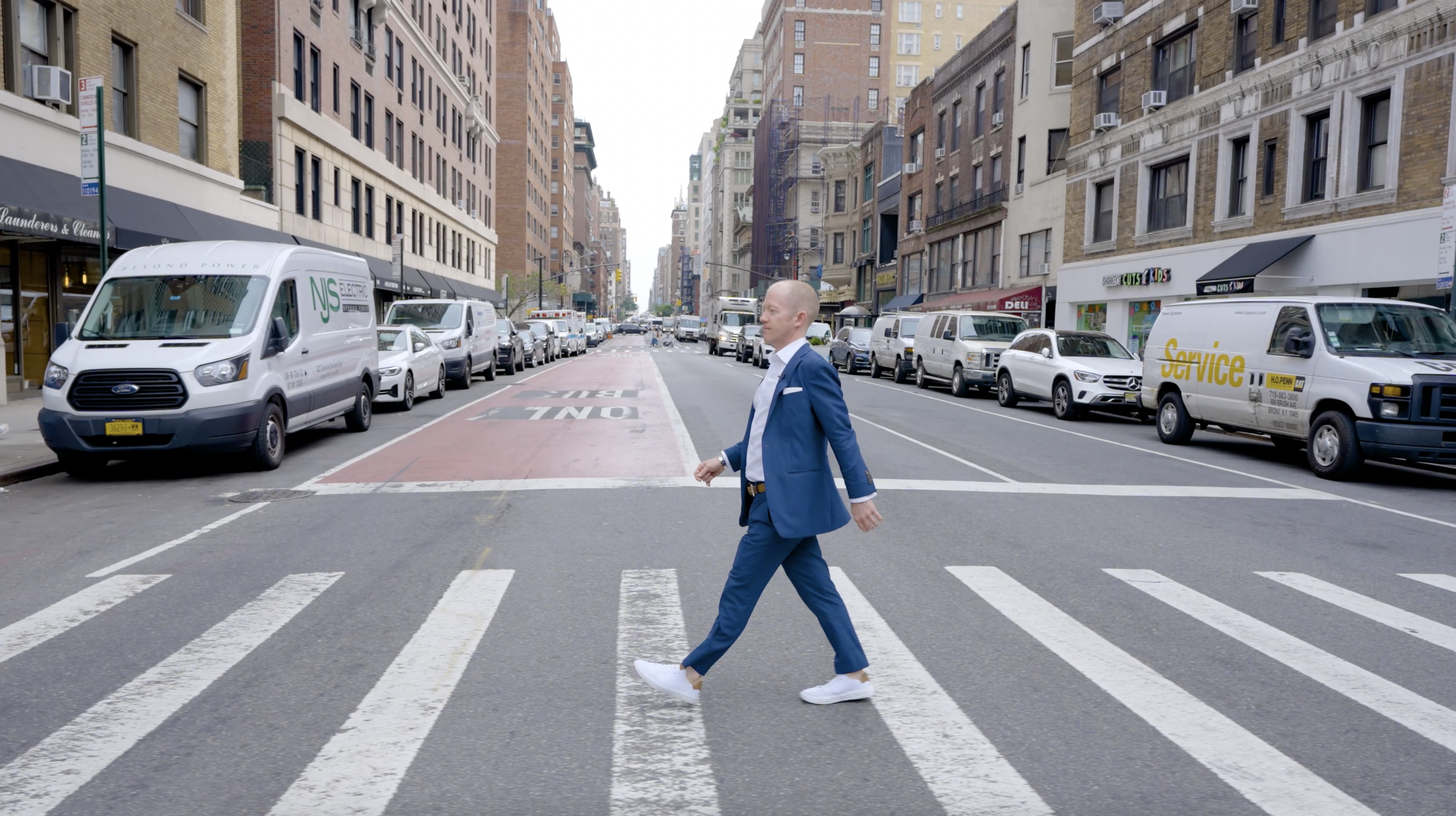
How many times have you walked by an old building on the streets of NYC and thought, "Who used to live there?" or, "How much would someone have paid for that 100 years ago?" You may know that I'm not only passionate about real estate, but also about the history and architecture of New York City. Come take a walk through time with me as we explore some of NYC’s most iconic landmarks in my series, Then & Now.
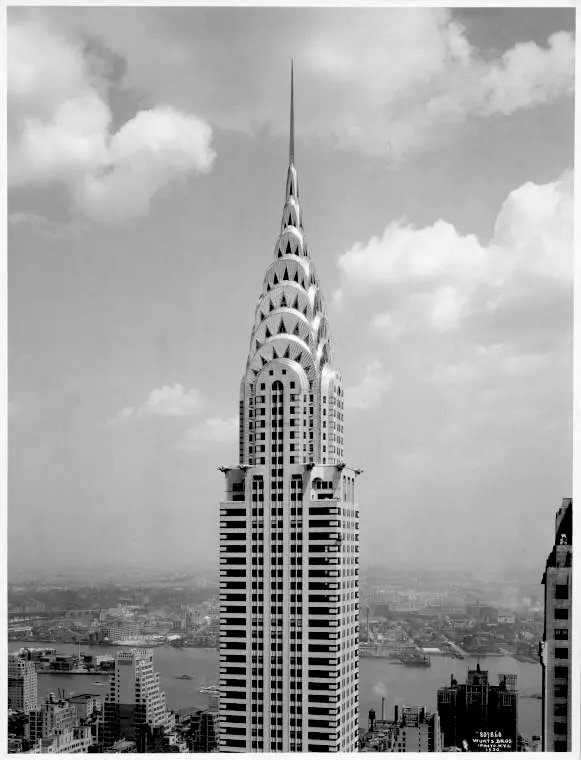
The Chrysler Building
The Chrysler Building, an Art Deco masterpiece and one of New York City's most iconic landmarks, was completed in 1930 as a symbol of modernity and ambition during the Roaring Twenties. Designed by architect William Van Alen for Walter P. Chrysler, the building was constructed during a fierce competition to claim the title of the world's tallest structure. Its distinctive spire, secretly assembled and dramatically hoisted into place, brought the Chrysler Building to a height of 1,046 feet, briefly making it the tallest building in the world until it was surpassed by the Empire State Building.
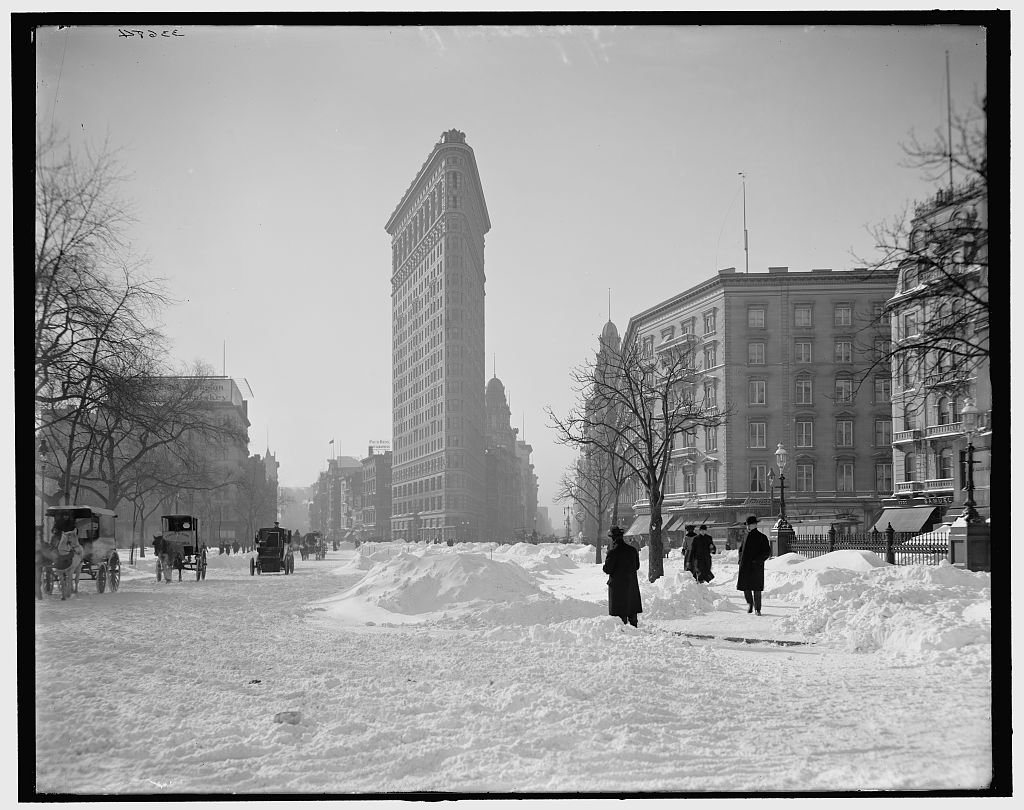
The Flatiron Building
My absolute favorite building in New York City is the Flatiron Building, renowned for its striking triangular shape and elegant Beaux-Arts architecture. Did you know it was constructed by the George A. Fuller Company? George A. Fuller himself is often credited as the ‘inventor’ of the modern skyscraper and the pioneer of general contracting as we know it today.
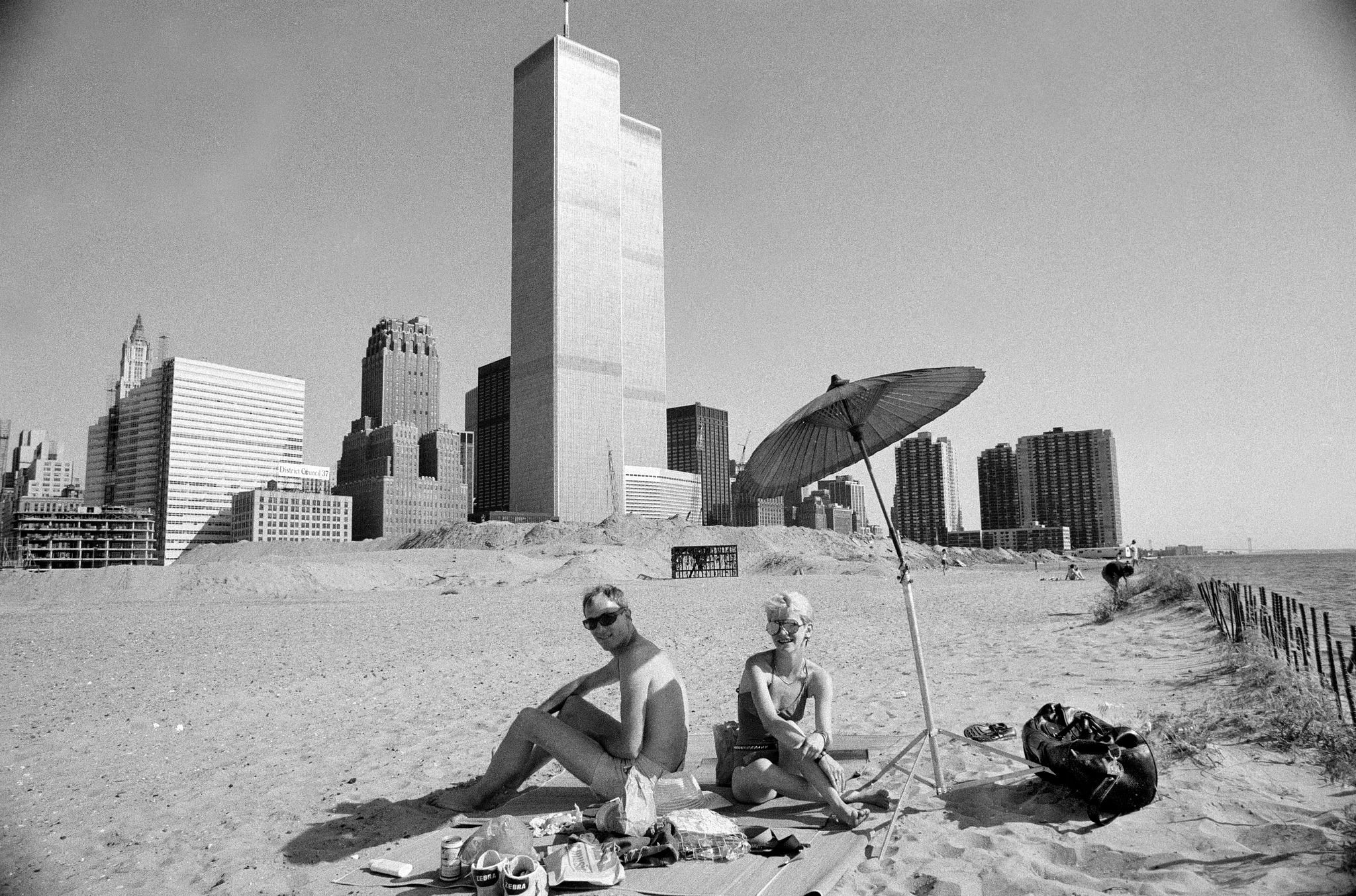
Battery Park City
Did you know that the entire 92 acre neighborhood is landfill from the creation of the World Trade Center!
In the 1880s the area that borders Battery Park City (which would have been riverfront) was known as Little Syria or the ‘Syrian Quarter’. It was New York City’s first community of arabic-speaking immigrants. In the late 1930s as the plans for the Brooklyn-Battery Tunnel were underway, completely disrupting the neighborhood, many of Little Syria’s residents moved out to places in Brooklyn.
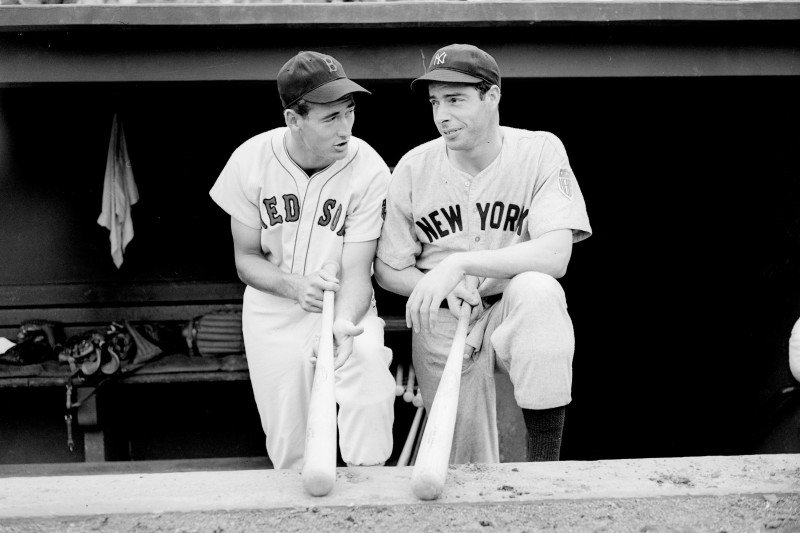
New York versus Boston
One of the great rivalries in sports… Yankees versus the Red Sox. Most people don’t know just how deep the rivalry goes, so read on if you want some fun trivia to arm yourself with.
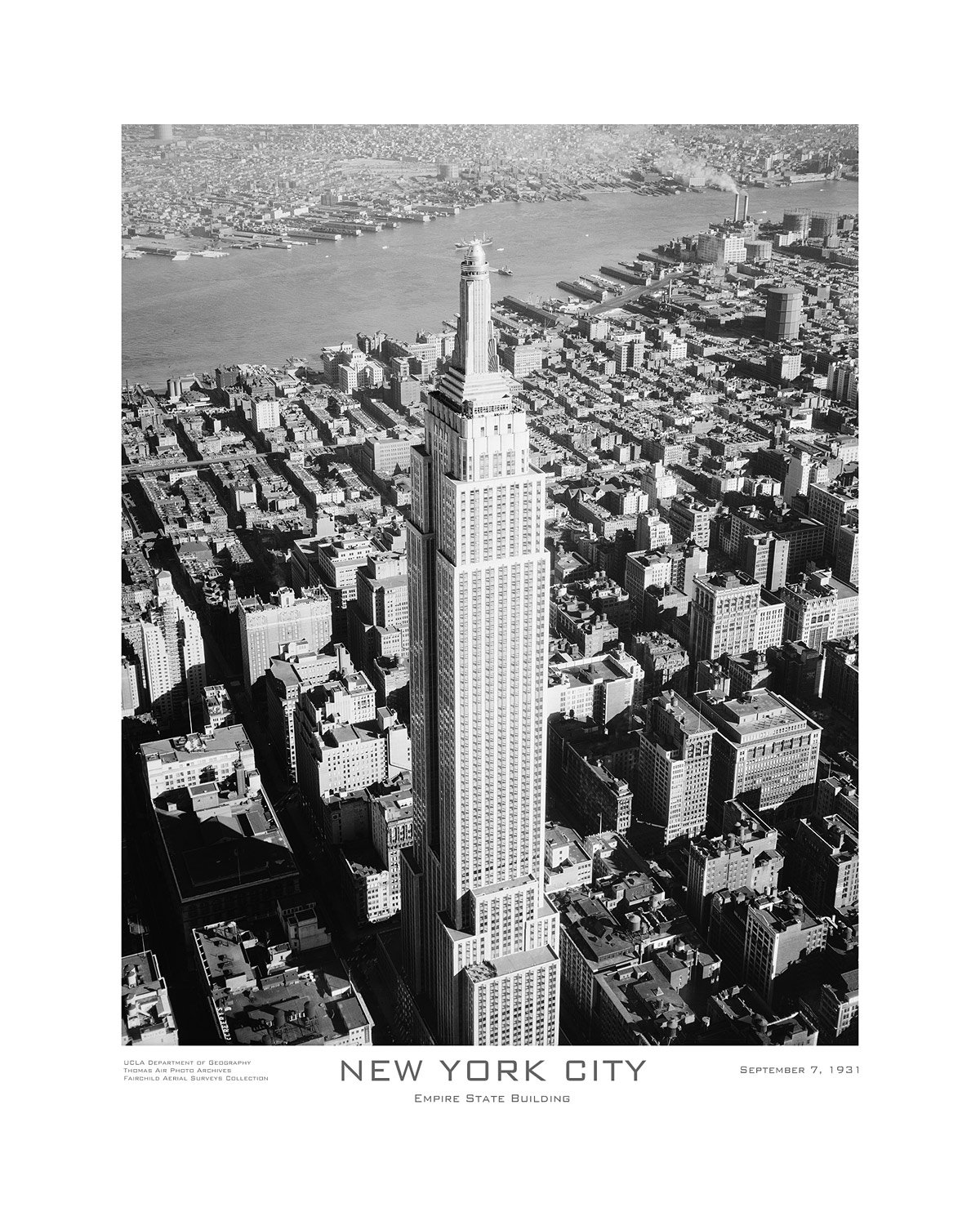
The Empire State Building
One of my favorite buildings, The Empire State Building, is synonymous with New York City. It held the record for tallest building in the world twice and managed to survive getting beat up quite a few times.
Construction began on March 17, 1929 and was completed 410 days later. This all happened during the Great Depression and helped employ 3,500 people. It was the first building to break 100 stories and has a roof height of 1,250 feet (380 m).

The Youle Shot Tower
George Youle’s shot tower was built in 1821 at the foot of the East River between 53rd and 54th Street and stood 175 feet tall. Keep in mind, this was probably the tallest structure for miles around, so it got a lot of attention. It was designed by renowned New York architect John McComb, Jr, who is noted for designing New York City Hall, Gracie Mansion, St. Mark’s Church In-the-Bowery, Hamilton Grange and the Montauk Point Lighthouse.

The Heckscher Playground
August Heckscher was born in Hamburg Germany and immigrated to the United States in 1867 at age 19. He teamed up with his cousin Richard and started a coal mining operation that they eventually sold to the Reading Railroad. His next venture would be zinc mining, where he would create his fortune, becoming a multimillionaire. One of his major accomplishments was funding Central Park’s first playground. It was opened in 1926 and faced opposition from the wealthy who thought it would spoil the tranquility of the park. It soon became popular with middle and working class families and helped to initiate other playgrounds throughout the park.

The 71st Regiment Armory
What would you say if I told you there used to be a castle on Park Avenue in the heart of lavish Murray Hill? The 71st Regiment's original armory (built in 1894) was destroyed in a fire in February of 1902 along with the Park Avenue Hotel. Their new home opened in 1902 and cost $650,000 to construct, $20 million today. Designed by the renowned firm Clinton and Russell, who were known for iconic structures like The Broad Exchange Building, The Level Club, and The Apthorp Apartments, this castle-like edifice sprawled across the entirety of Park Avenue, spanning from 33rd to 34th Streets.
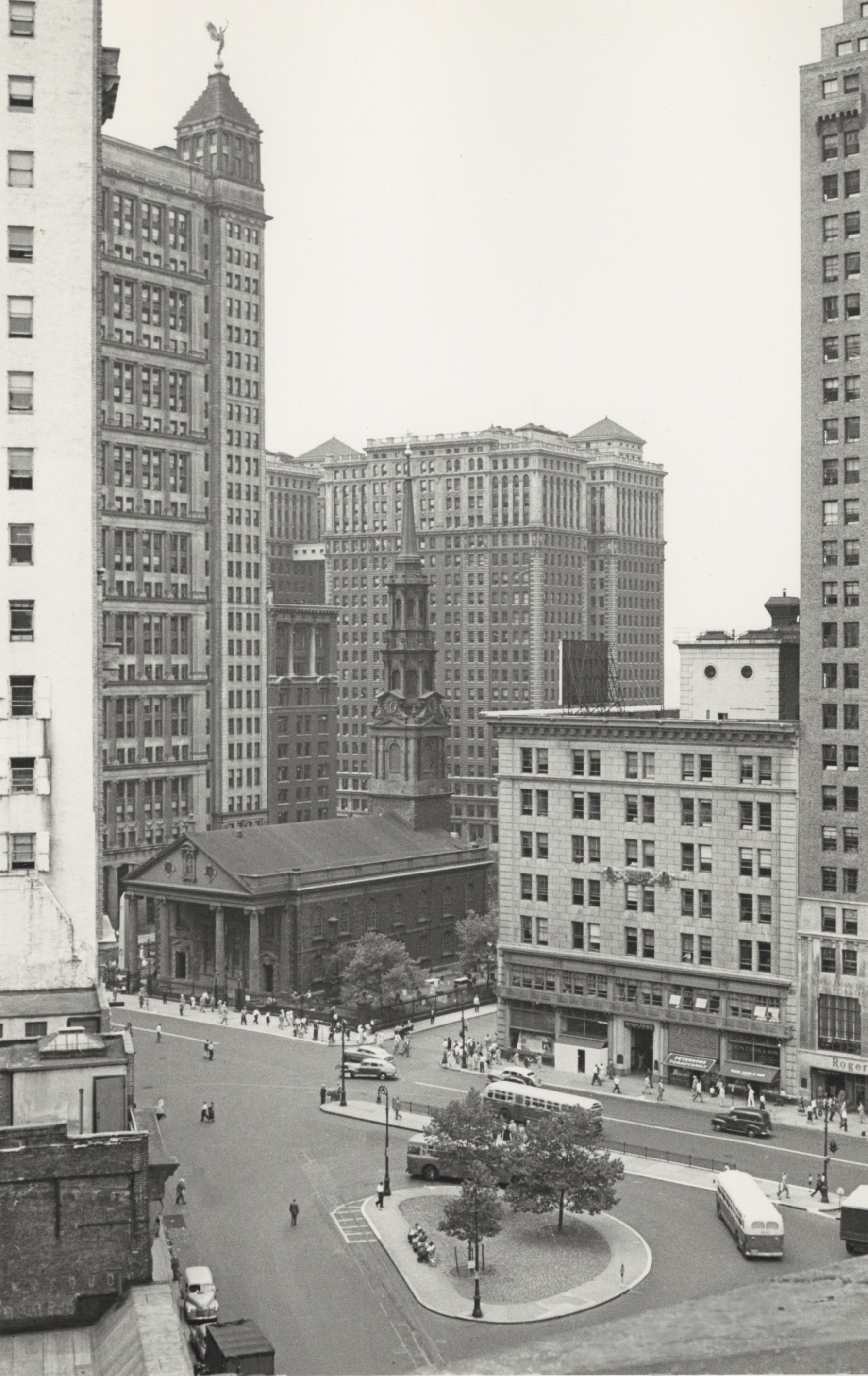
St. Paul’s Chapel
Completed in 1766, St. Paul’s Chapel is the oldest surviving church in Manhattan. It was constructed in a wheat field 5 blocks north of city lines to serve the Trinity Church congregation that was expanding.
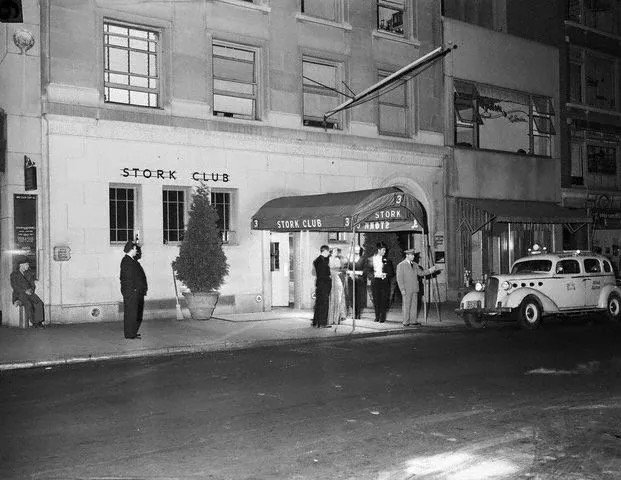
The Stork Club
Throughout New York City's history, few clubs can claim the level of fame attributed to The Stork Club.Part of what I love about New York City is that it has so many ‘ghosts’ throughout its streets. For many years I worked in an office building in midtown and often ate my lunch in a small park across the street called Paley Park. It was years before I discovered that the park used to be the site of the once famous Stork Club!
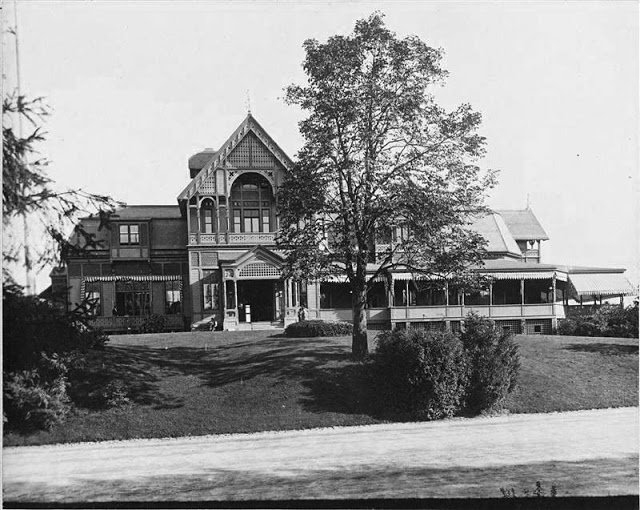
Mount St. Vincents
Did you know that there was once a convent and school in the northeast corner of Central Park just past the 102 Transverse? Wild, I know! As someone who is in Central Park very often I really love this piece of history. In the 1740’s Jacob Dyckman Jr. purchased the land in northern Manhattan west of Fifth Avenue and north of 102nd Street planting an orchard and constructing a few buildings including The Black Horse Tavern.
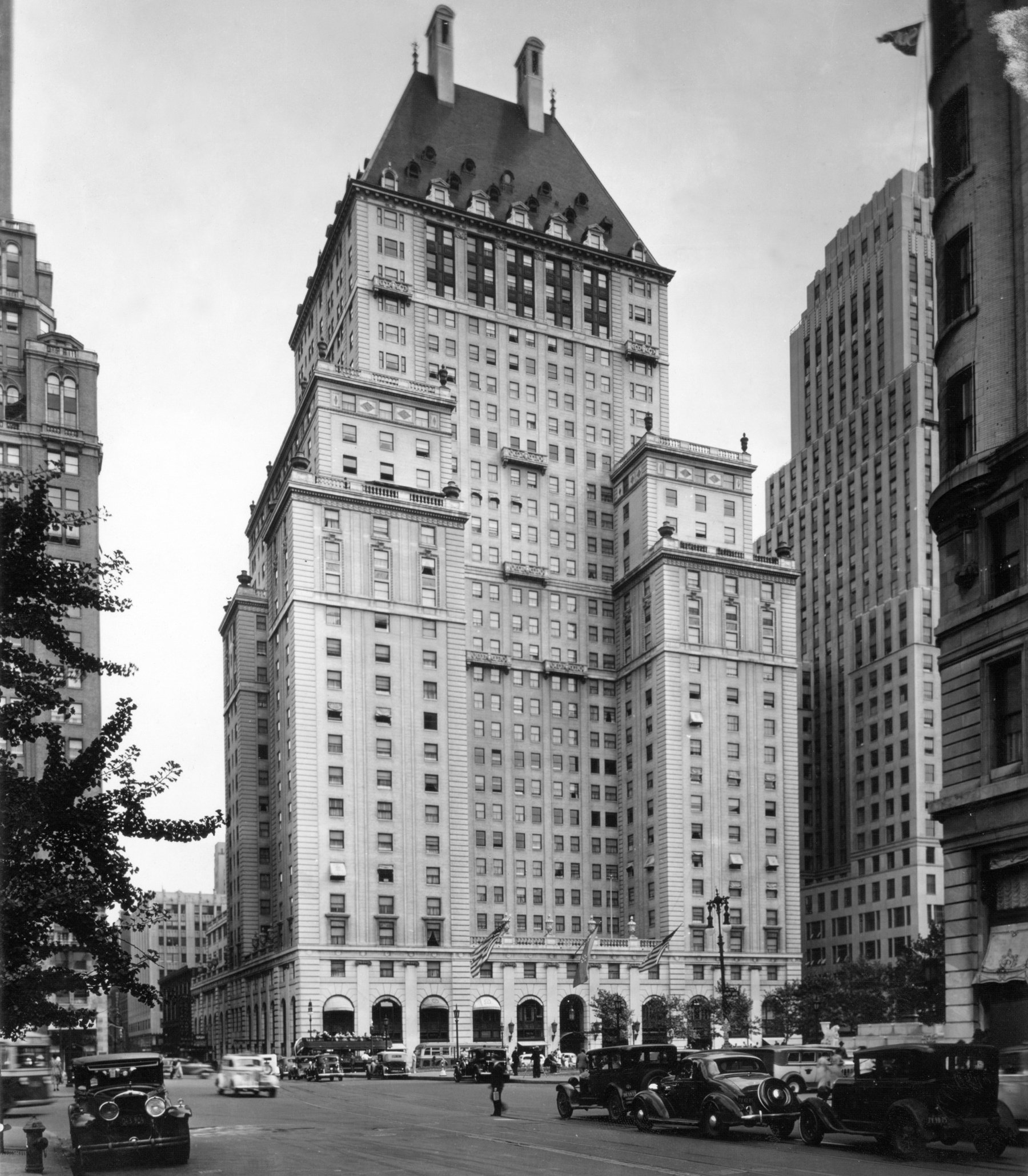
The Savoy-Plaza Hotel
The Savoy-Plaza Hotel had a short life, but it’s truly an architecture gem that I think needs to be shared. This is a great example of a building lost (by 1-2 years only) because the New York City Landmarks Preservation Commission hadn't been established yet.
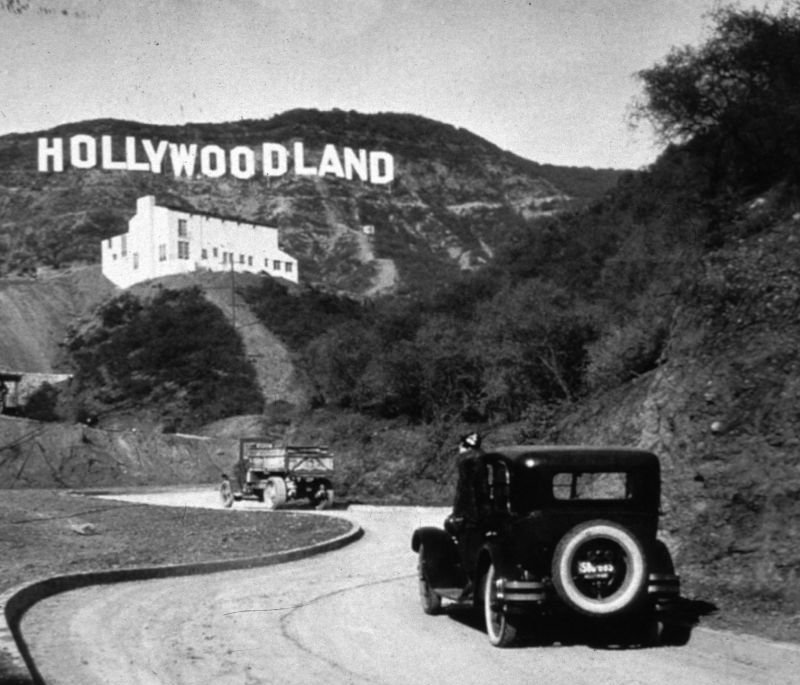
The Hollywood Sign
Do you know why Hollywood is the motion picture capital of America? In the early 1900s Thomas Edison owned most of the patents for all filmmaking equipment. Based in New Jersey just across the river from New York City, His company often sued filmmakers to stop production. Therefore, filmmakers began moving out to Los Angeles to escape the lawsuits! I never knew that.
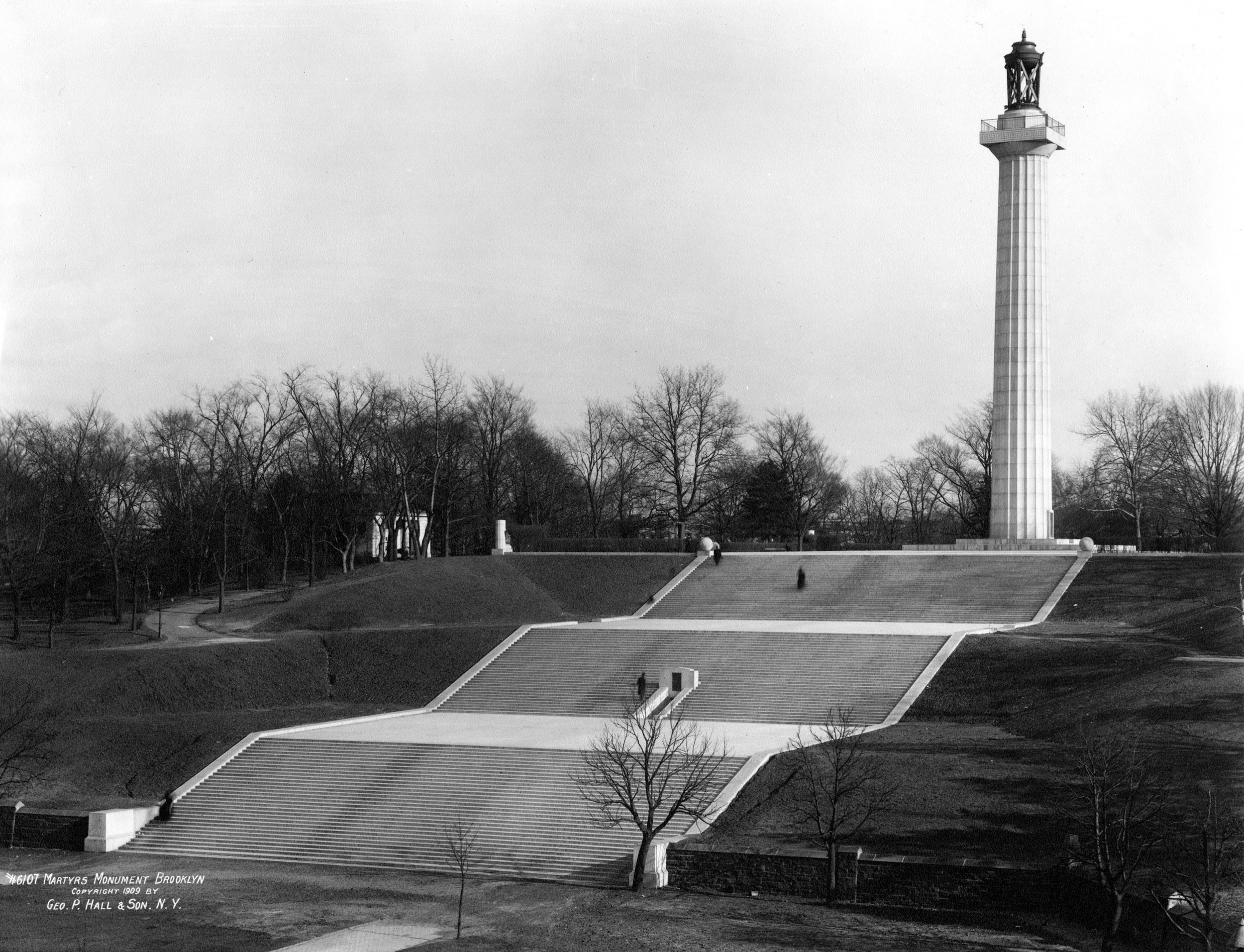
The Prison Ship Martyrs’ Monument
Nestled in the heart of the vibrant Fort Greene neighborhood in Brooklyn, lies a gem that serves as the focal point of this ever-popular and bustling community. Fort Greene Park not only offers amazing views of the surrounding area and Manhattan skyline (I’ve attended many birthday parties there) but also holds a rich historical significance that might surprise many of its visitors.
Fort Greene Park was actually a Revolutionary War fortification and commemorates the 11,500 American prisoners of war who died in gruesome captivity aboard British prison ships during the war!

The Helmsley Building
Park Avenue apartment buildings are some of the most sought after real estate in New York City. The avenue is very peaceful because commercial vehicles like large trucks are prohibited. Its beautifully designed buildings create architectural lines of perspective that fade off into the distance which are especially gorgeous in the early morning sunlight. Did you know that the reason Park Avenue is so wide is because it contains the northern start of the New York Central Railroad underneath it. Before it was covered over it was a pollution nightmare and certainly not a desirable place to live!
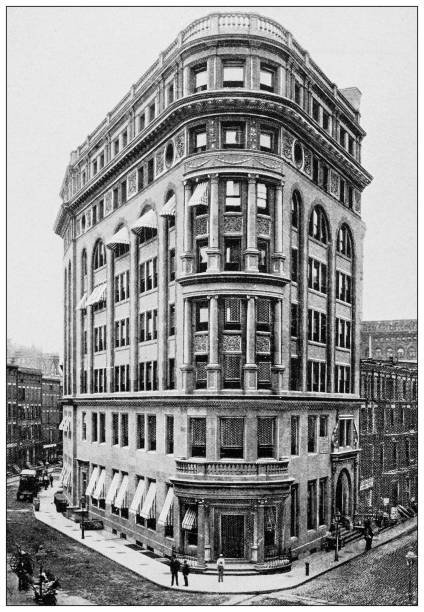
Delmonico’s
One of the reasons I love New York City so much is the food! (It might even be why I moved here 25 years ago!) What most of us don’t realize is that dining out in NYC wasn’t what it is today. Most wealthy New Yorkers of the early 1800’s dined and entertained in their extravagant homes. Restaurants were reserved for the lower classes and served mediocre food. Italian-Swiss immigrants, Giovanni (John) and Pietro (Peter) Delmonico wanted to change that. Their first restaurant opened in 1827 on William Street and was a small operation serving pastries, coffee and fine wines one might get in the cafes of Paris at the time. They soon expanded next door and started serving French and Italian cuisine and started to gain some notoriety even amongst the wealthy.
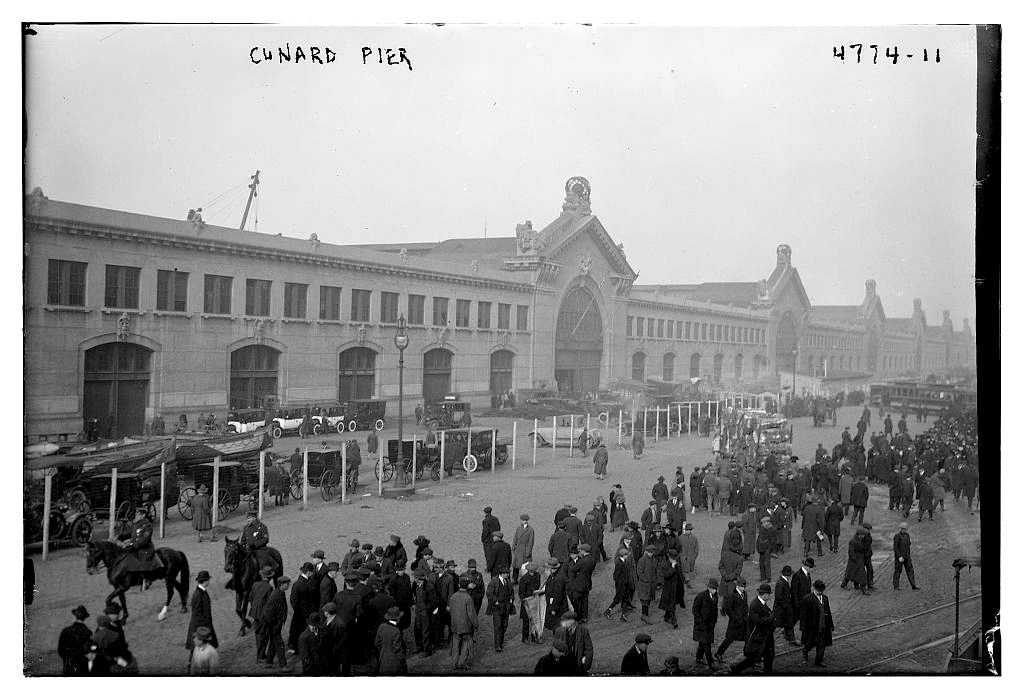
Pier 54
Unrecognizable today, the west side of Manhattan was lined north to south with massive piers, home to a prosperous shipping industry. In 1912 the Titanic (a White Star Line ship) was making its fateful course toward New York City from England and was set to dock at Pier 59. After hitting the infamous iceberg and sinking, the 706 survivors were rescued by the RMS Carpathia, which was a Cunard Line ship. Therefore, the Carpathia docked at Pier 54 instead of Pier

The Central Park Casino
Getting up to Central Park in 1862 was no easy task. Therefore, its creators Calvert and Vaux designed and built a few places throughout it where park goers could get refreshments. One of them was named the Ladies' Refreshment Saloon and was located where today’s Rumsey Playfield/Summerstage is located. It was a Victorian style cottage that catered only to women until the early 1900’s when it expanded and rebranded itself as an upscale restaurant called The Casino. You could get a sirloin steak for 75 cents which, at the time, was pricey.

The US Open
Part of what makes New York City the greatest city on earth is that you can attend countless sporting events yearly! We have two baseball, football and basketball teams just to start.
When the end of summer nears every year, I get very excited for one of my favorite events, The US Open! It’s two weeks of tennis that takes place in Queens at The Billie Jean King National Tennis Center – a quick subway ride away.
Did you know the first two lawn tennis courts in New York City (built in 1881) were located in Manhattan on 88th Street and Central Park West?
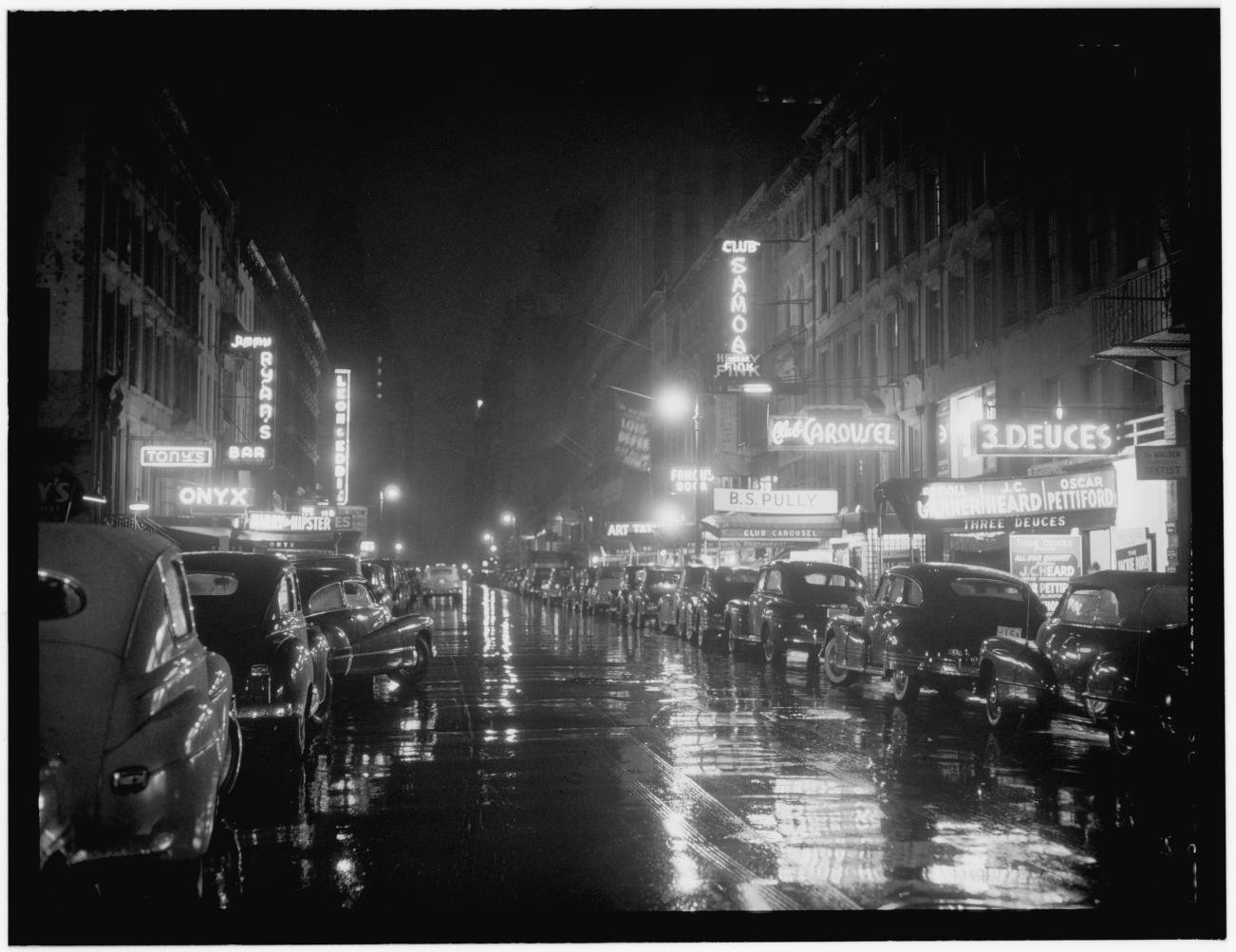
Swing Street
Did you know that 52nd Street was the epicenter of the New York jazz scene from the 1930’s to the 1950’s? 52nd Street from 5th Avenue to 6th Avenue in the Prohibition Era was simply known as ‘The Street.’ It was littered with illegal speakeasy’s like Jack & Charlie’s 21 Club (later just known as the 21 Club which has unfortunately closed indefinitely) housed in old brownstones.
Subscribe to ‘Then & Now’
Sign up with your email address to receive the latest article as soon as it’s published.